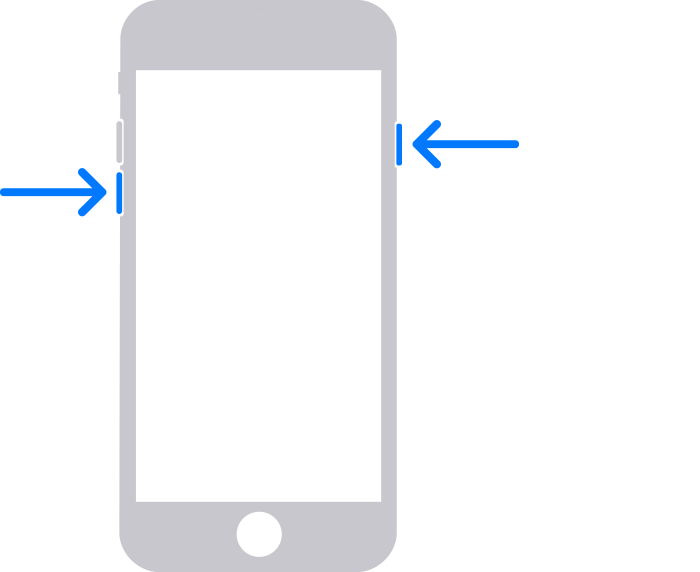

- #MY AT AND T PHONE WONT UPDATE DRIVERS#
- #MY AT AND T PHONE WONT UPDATE UPDATE#
- #MY AT AND T PHONE WONT UPDATE ANDROID#
- #MY AT AND T PHONE WONT UPDATE SOFTWARE#
- #MY AT AND T PHONE WONT UPDATE SERIES#
#MY AT AND T PHONE WONT UPDATE UPDATE#
So, while you’re still likely to see the update on a non-Pixel flagship, you’ll likely still be waiting months for that to happen.
#MY AT AND T PHONE WONT UPDATE ANDROID#
But that’s also the problem: they’re both running Android Nougat.Įven though the S8 is Samsung’s current flagship, it still doesn’t have Android Oreo, which has been available for a few months now. For example, my one-and-a-half year old Galaxy S7 is running the same version of Android as the much-newer S8: they’re both running Android Nougat. The good news is that most of the major players, like Samsung, have gotten much better about supporting their flagship handsets, at least for a couple of years. If you absolutely can’t buy the Pixel, though-say, if you’re dead set on getting the newest Samsung Galaxy-then go for it. (And despite what you’ve heard, it’s not exclusive to Verizon.) Google also guarantees that level of support for at least two years for all major Android updates, and an unprecedented three years for monthly security updates. These phones are designed, sold, and maintained by Google, so they get updated when the latest versions of Android are available-on time, every time. If you’re sick of not getting updates, there’s one very clear path to take: buy a Pixel. RELATED: The Pixel 2 Isn't Really Exclusive to Verizon: You Can Use It on AT&T, T-Mobile, and Sprint Again, this is getting better, but it’s still not great. While Apple has the muscle to overrule carriers and roll out new versions of their operating system, Android phone manufacturers (mostly) do not.

Lastly, Android smartphone manufacturers are also beholden to cell phone carriers, who can delay updates by months on their networks. This has gotten better over time as consumers have pushed for better support as flagship phones get more and more expensive, but we still have a long way to go for manufacturers like Samsung to support their hardware the same way Google does. With the large amount of models being released, there’s little incentive to put a lot of work into updating an older model that’s been replaced by a newer one, especially when they’d rather encourage you to buy the newest model anyway. If a manufacturer comes out with six different models every year, is it worth continuing to support all of them…every single year? Android manufacturers often aren’t as interested as they should be in updating devices after they’re released (especially cheaper ones). However, since there are so many Android phones, a lot lose support much earlier. That causes a huge delay.Īnd, of course, some new versions of Android just come with increased hardware requirements, preventing them from working on older devices-the same is true for the iPhone (and even desktop computers). So every time there’s an Android update, the manufacturers have to take time adding all their fancy crap in. But all these additions take a lot of time and energy to add. And by that, I mean they add/remove/change the interface and apps to make it their own. Most Android handset manufacturers-like Samsung and LG, for example-“skin” their phones to make them stand out in the crowd. Google can’t just release a new version of Android that works on all devices-they release the new version, then manufacturers have to go in and tweak it for each of their phones. These are often closed-source, so they can only be updated by said manufacturer.

#MY AT AND T PHONE WONT UPDATE DRIVERS#
To make Android work on their hardware, device manufacturers (like Samsung, HTC, or Motorola) must write Android device drivers specifically for their phones. Why Your Phone Hasn’t Received That Update I mean is it, Samsung?
#MY AT AND T PHONE WONT UPDATE SOFTWARE#
Updates to the Pixel lineup of phones is handled by Google, so they’re generally the first phones to receive the newest software when it’s released.įor the rest of the pack, however, it’s a very different story. While any manufacturer can release an Android phone customized to their liking, the Pixel is Google’s in-house brand that is designed with the purest (and cleanest) of Android experiences in mind.
#MY AT AND T PHONE WONT UPDATE SERIES#
All that said, there is a series of Android phones made to directly mimic (and compete with) the iPhone in terms of release cycle and product support: the Pixel line.


 0 kommentar(er)
0 kommentar(er)
